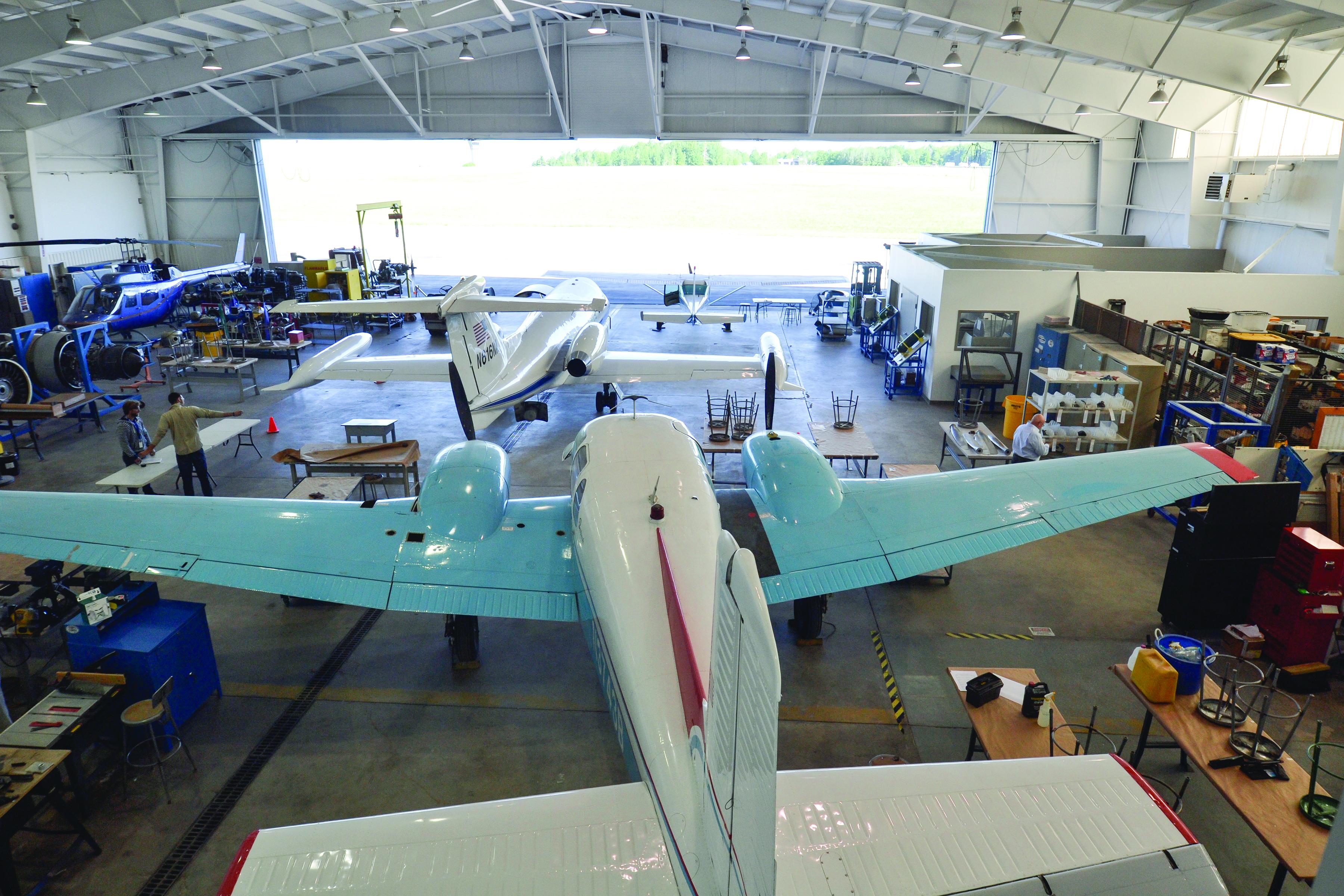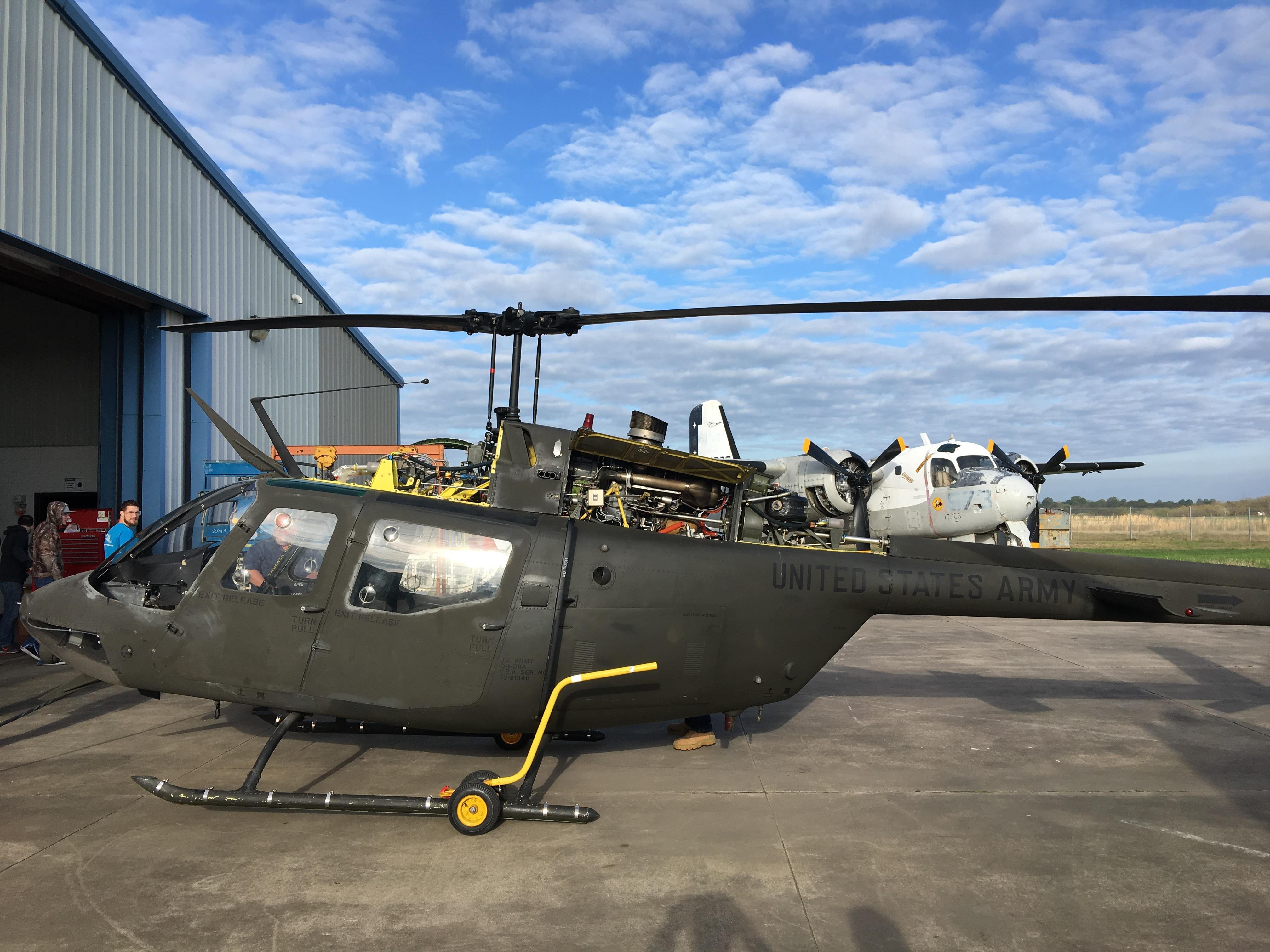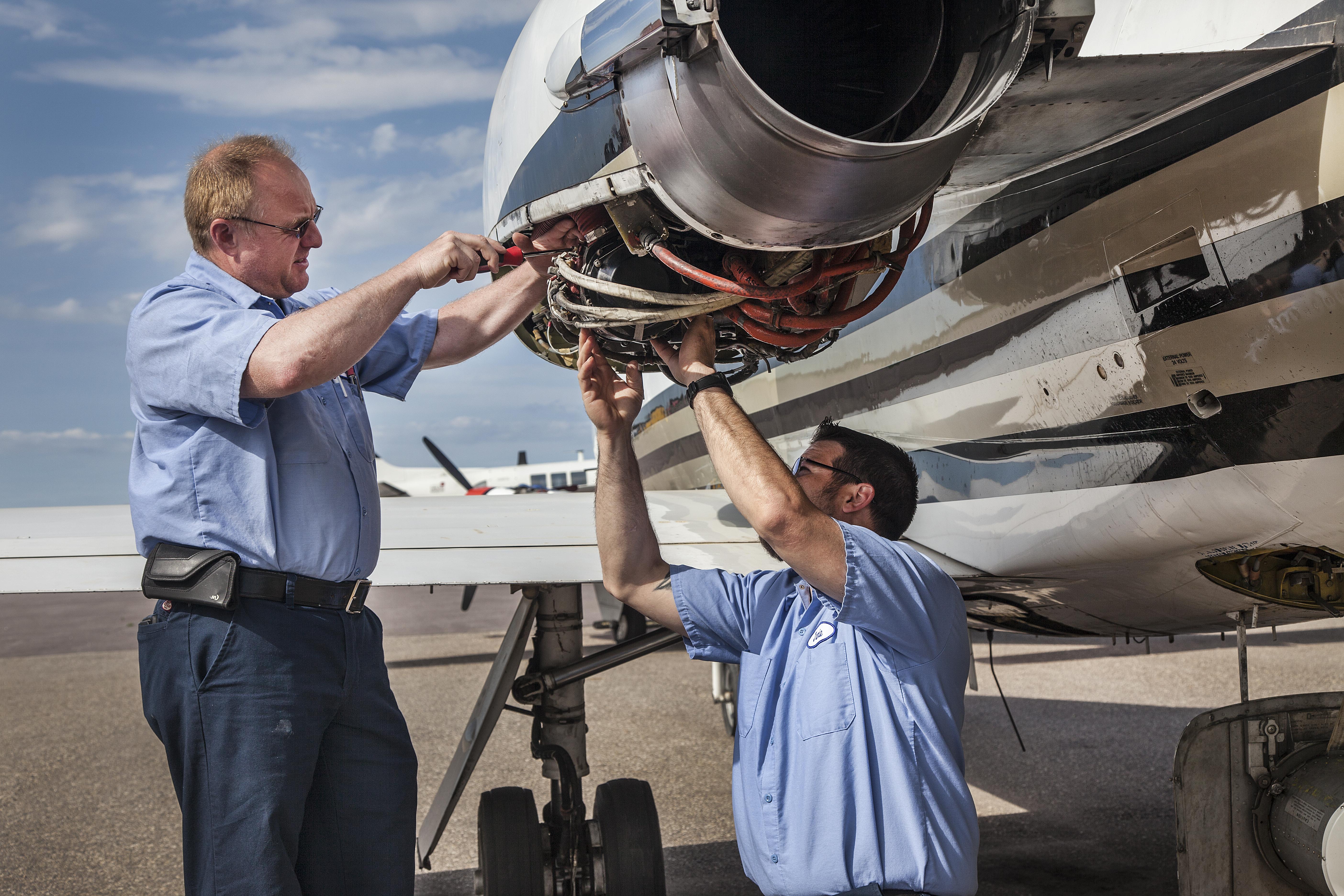
Pittsburgh Institute of Aeronautics
After ranking in eleventh place on last year’s list, the Pittsburgh Institute of Aeronautics (PIA) came out on top in this year’s rankings. Forbes called PIA a “370-student gem” and cited the statistic that the school’s alumni out-earn students from two-thirds of the publication’s top-ranked four-year colleges at “a fraction of the price” as part of its reasoning for topping the list.
The private, nonprofit school, which was first opened in 1929 with ties to Orville Wright, offers associates degree programs in Aviation Technology along with diploma or certificate programs in Aviation Maintenance Technology.

Pittsburgh Institute of Aeronautics
PIA has four campuses, located in Pittsburgh, Pennsylvania; Hagerstown, Maryland; Myrtle Beach, South Carolina; and Youngstown, Ohio. Each of the campuses feature an assortment of classrooms, labs and hangar space, as well as shop areas for a variety of curriculum, such as aircraft propulsion systems, electricity, sheet metal, non-destructive testing and painting. Across the four campuses are an assortment of aircraft, such as the Beechcraft U-8, North American Sabreliner and Rockwell Jet Commander.

Pittsburgh Institute of Aeronautics
The Youngstown-Warren branch of PIA recently opened an expanded facility, which features an electrical and welding classrooms, an aeronautics lab and a student resource center with a computer lab. Renovations on existing facilities allowed for a dedicated welding shop, painting area and electronics lab. The branch also recently acquired a Learjet 25 for student training thanks to an alumni donation.

State Technical College of Missouri
State Technical College of Missouri’s (STCM) Aviation Maintenance program has been growing every year since its start in 1970. The FAA certified Part 147 AMT school provides a two-year program for A&P certification where students get hands-on experience working with jets, single engine aircraft and helicopters.

State Technical College of Missouri
The facilities, which are located at Linn Airport, include a hangar, taxiway and 3,400 ft. runway. According to Robert Grosvenor, department chair and instructor for the program, the program’s hands-on experience is one of its selling points.
The school has a wide assortment of aircraft, such as a Piper Apache, Grumman S-2 Tracker, Cessna 172 and Bell OH-58 helicopter. Grosvenor says some of the aircraft have been donated while others were purchased from a variety of sources ranging from U.S. Marshals auctions to eBay.

State Technical College of Missouri
Although STCM does not currently have a flight program, Grosvenor says the school is looking into it. He adds that the program may also eventually look into leveraging the school’s other high-tech programs, such as Precision Machining Technology. The program currently has two instructors (teaching first year and second year curriculum, respectively) and Grosvenor says enrollment is up this year.

Lake Area Technical Institute
As an FAA Part 147 certified program, Lake Area Technical Institute (LATI) offers a 19-month Aviation Maintenance program where graduates become certified A&P mechanics. The curriculum covers a wide variety of subjects, such as aerodynamics, welding, aircraft structures and turbine engines. The school’s facilities are located at the Watertown Municipal Airport and include a hangar with classrooms as well as storage hangars for the program’s aircraft.

Lake Area Technical Institute
In addition to typical A&P coursework, the school also has capability to provide flight training. “If they can do any flying at all, they’re going to be a better maintenance technician,” says Greg Klein, an aviation maintenance instructor at LATI.
Students in the program have the opportunity to get hands-on experience with the school’s “flyable maintenance trainers”—the same aircraft used for pilot training—performing inspections and other unscheduled maintenance to keep the aircraft in flyable condition. Klein says the program has a wide variety of aircraft types used for training, such as a Boeing 727 donated by FedEx, a Beechcraft Sundowner and a couple of composite gliders.

Lake Area Technical Institute
Klein says the Aviation Maintenance program has also taken advantage of LATI’s other curriculum, such as the school’s Robotics department. The program reached out to the Robotics department and had it build a CNC hot wire cutter, which is now used to build airfoils. According to Klein, students are able to use the machine to build any type of airfoil using X, Y and Z coordinates.

Bates Technical College
Located right in the thick of the Seattle-area aerospace hub, Bates Technical College (BTC) offers a host of Aerospace Programs. The public institution offers coursework for fields such as CNC machining, electronics and robotics, sheet metal, welding and mechanical and electrical engineering—all of which have applicability within aerospace. According to Brandon Rogers, assistant vice president and dean of BTC’s South Campus, the school generally has somewhere around 100-150 graduates every year within the aerospace-related programs.

Bates Technical College
Rogers says many graduates go on to work for aerospace firms or companies within the aerospace pipeline. He adds that the school relies heavily on industry and foundations to donate equipment or funding, such as equipment specific to Boeing welding testing. As a pre-employment test facility for Boeing welders, BTC runs prospective Boeing employees through a battery of tests to make sure the candidates understand requirements.

Bates Technical College
BTC focuses heavily on apprenticeship programs and partners with the Aerospace Joint Apprenticeship Committee (AJAC) to provide apprenticeships and pre-apprenticeships to students. Rogers says the school is also unique because of its youth apprenticeship programs, which allow high school students to enroll. These youth apprentices are able to earn their high school diploma, an associates degree and hours toward journey status while only paying typical high school tuition.
Forbes recently released its list of Top 25 Two-Year Trade Schools, which looks at factors such as affordability, student experience and post-graduate success to determine trade schools that seem to be outperforming more prestigious four-year colleges. This year’s list featured a number of schools with aviation maintenance and aerospace-related programming—including the Pittsburgh Institute of Aeronautics, which topped the list. Read on to find out more about the MRO-related programs some of these schools have to offer.
